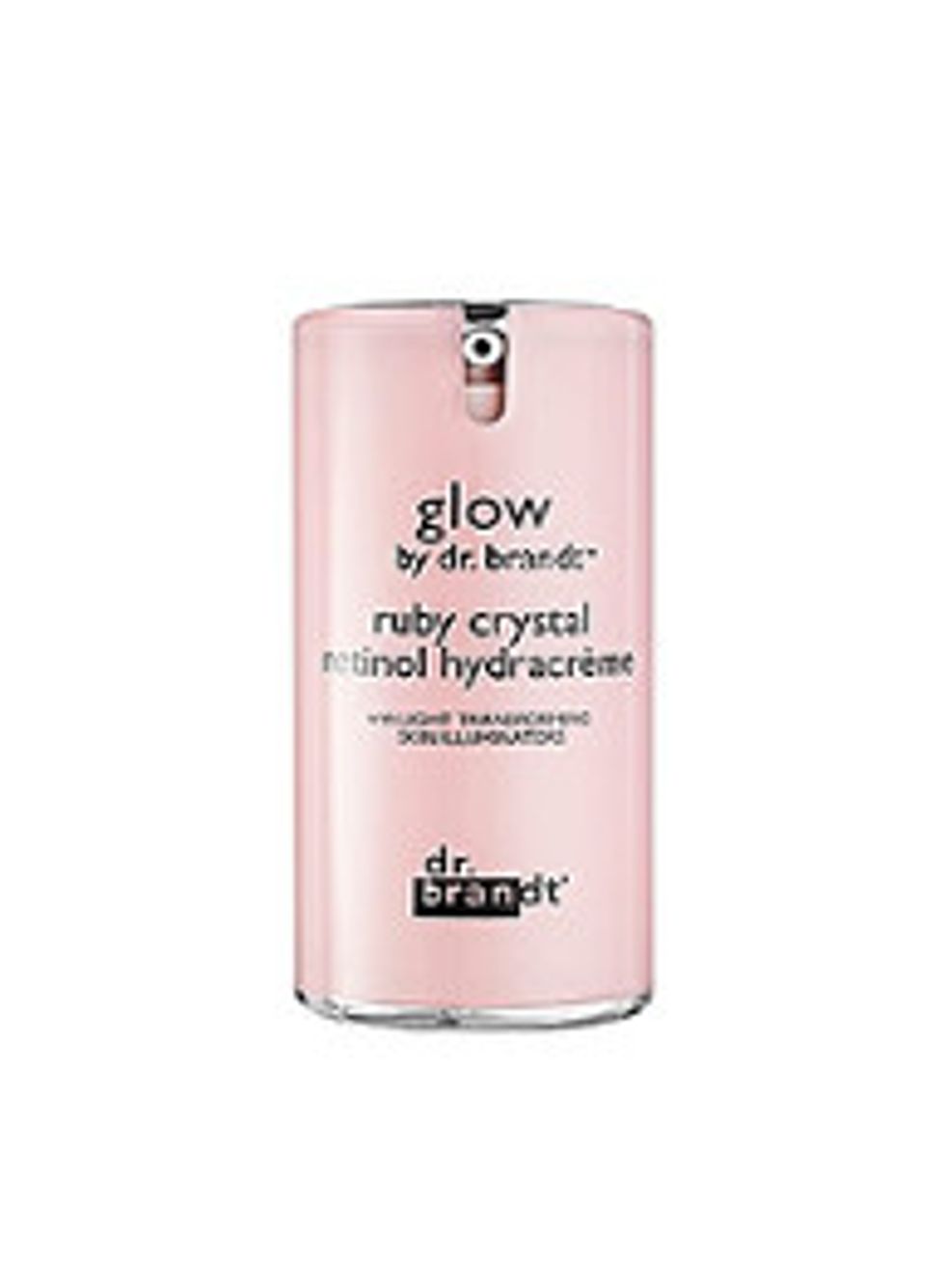Retinol 101: What Exactly Is It Anyway?
A dermatologist lays out everything you need to know about the ‘miracle’ molecule.

Here at The Cov HQ, we’ve been known to ask some pretty compelling (yet maybe not-so-serious) questions: should we actually quit sugar? How does one fake a full night’s sleep? Because let's be real, eight hours are pretty damn rare around these parts. Blame it on our integral journalistic inquiry. It's also why you should now be up to snuff on alkaline water, aloe juice and Korean beauty regimens. And as of late, if Instagram is any indication of what skincare products we should be using, it's all about retinol (or is it rentin-A?).
Here’s the thing, before we got to the nitty gritty research, we did our usual prelim Google peruse to find out what the hype was all about. Plumped out wrinkles, pores so small they’re near invisible, sunspots buffed out for a seemingly flawless skin tone, and the list just went on. But, guys, what the eff is retinol anyway? Is retin-A the same thing? Too good to be true? Again, so many Qs up in here. So for all the answers (and the layman's terms—because, science) we went to Rosie Huntington-Whiteley and Adriana Lima's dermatologist, Dr. Colbert. Herein, he breaks down the difference between retinol and retin-A.
RETINOL VS. RETIN-A,
WHAT’S THE DIFFERENCE?
First things first, right guys? Retinol is a form of vitamin A which comes from both animal and plant sources. “It is a molecule, which when changed can become stronger and stronger," says Dr. Colbert. "Retinol in our diet is essential for maintaining healthy skin. Retinol is the weak version of retin-A. Retin A, on the other hand, is a chemically modified form of retinol that is used topically on the skin to improve the complexion by stimulating cell turnover and collagen production — it is also known as Tretinoin. There is also another chemically altered form of retinol called Accutane or ISO-tretinoin, which is thousands of times more potent than retin A. Accutane only comes in pill form to treat severe acne.
Retin-A is an FDA-approved drug, where under the microscope, you can see proof that it helps to rejuvenate older, sun-damaged skin. Retinol can do a little bit of that, but not as much as retin-A. Remember, retinol is the weak, weak, weak version or cousin of retin-A,” explains Dr. Colbert.
In short, retinol is the stuff you can by at your local sephora and retin-A requires a prescription from your derm (as does Accutane).
WHEN TO START
“The best thing to do is ask your dermatologist when you’re ready for retin-A. When it comes to retinol, anyone can use it, since it is very weak and can be found in practically every anti-aging product.
Start using retinol in your mid-thirties. Think about retin-A a little later or if you have sun damage. It will help fill wrinkles, fine lines, and build more collagen. Retinol itself just helps a little bit—maybe 1/1000 of what retin-A can do. In my opinion, if you’re going to bother with retinol, it’s great that it’s there for a little bit of a boost. But if you’re going to use it in your thirties, you may as well go to the dermatologist and get retin-A for the best results.”
HOW TO APPLY RETIN-A
“Apply it once a day very sparingly. I usually recommend it three times a week: Monday, Wednesday, Friday. Apply the retin-A first, and then apply a facial oil on top. Why? Because you’re increasing the moisture and reducing the inflammation that comes along with using retin-A.”
WHAT YOU NEED TO KNOW
“If you have super sensitive skin, bad eczema or you recently had a procedure like a chemical peel or laser, you shouldn’t be using retin-A. Retinol, well, it depends on what products you’re using, but since it’s so weak there isn’t much precaution to be taken.
If you overuse retin-A and you don’t follow instructions, moisturize or use sunblock, you absolutely can get red, flaky, dry and cracked skin. Sometimes, [when they first start using it] people can have an initial reaction that’s transient. That transient reaction will pass as long as you use a facial oil with it—it’s called retinizing the skin. There an initial period where skin can get inflamed because the cells are turning over so fast. When that happens, you either need to stop or go to your dermatologist.”
WHAT TO EXPECT
“You can expect finer pores, fewer fine lines and wrinkles, softer, dewier skin, fewer brown spots and healthier skin overall."







